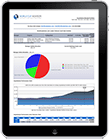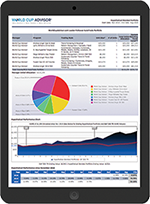 |
Give Your Portfolio An Upgrade |
Give Your Portfolio an Upgrade
Request a Performance Report combining our Top AutoTrade® accounts to illustrate their impressive performance.

View our Privacy Policy. Past performance is not indicative of future results. Trading futures involves significant risk of loss and is not suitable for everyone.





